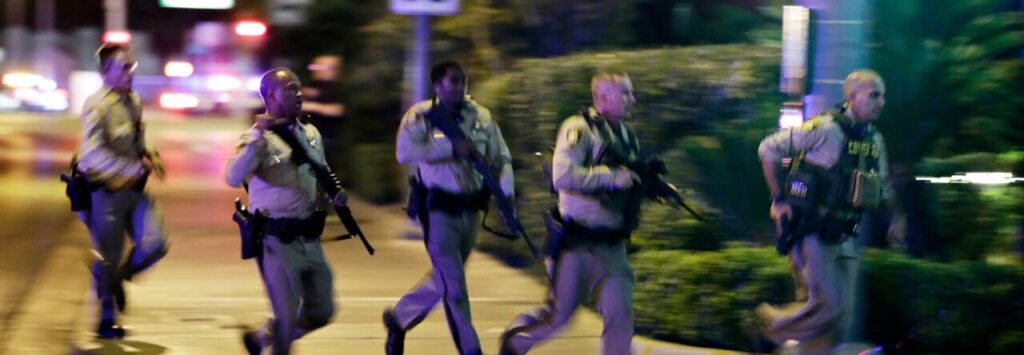Mass shootings have unfortunately become a regular occurrence throughout the United States. Because of this, media discussion of gun violence has sky-rocketed in recent years. There are many different forms of mass shootings, including but not limited to school shootings, nightclub shootings, hate-crime shootings, movie theater shootings, and countless others. Between 1982 and 2022, there were 139 mass shootings with a dramatic increase between 2010 and 2022 when 91 shootings occurred within twelve years (Statista 2023). With the increase in mass shootings over the past forty years, it is important to understand what defines a mass shooting. According to the Federal Bureau of Investigation (FBI), public mass shootings occur when four or more individuals are killed by one or more murderers in a specific area without a pause in between the killings (Lemieux, 2014).

In addition to frequent mass shootings on a regular basis, the phrases, “gun violence” or “gun control” are often brought up in correlation with these events. As stated by Leonard (2017), “Gun violence is a daily reality; mass shootings, from suburban enclaves to inner city parks, are commonplace.” The impact of gun violence can encompass many different areas and may ultimately occur at any time. Additionally, Kantack and Paschall (2019) mention that after significant mass shootings, surveys have shown increases in support for tighter gun control measures, although these spikes have often quickly subsided.